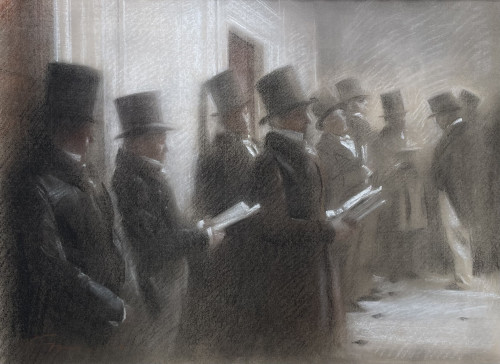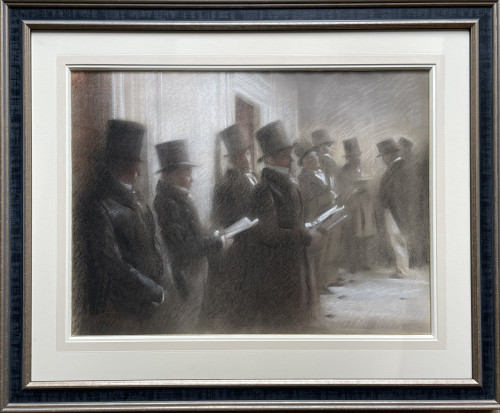- HOME
-
- View All Items
- New Arrivals
- Featured Items
- Artists
-
- View All
- Contemporary
- Birmingham School
- Cotswold Group
- Landscape
- Urban Townscape
- Abstract
- Animals/Birds
- Arts & Crafts
- British Impressionist
- Botanical
- Design/Industrial
- Fantasy/Fairy Subjects
- Female Artists
- Figurative
- Historical
- Illustration/Cartoon
- Marine
- Military/War Artist
- Modern British
- Pre-raphaelite/ Romantic/ Aesthetic
- Nude
- Portrait
- Prints
- Scottish
- Sculpture
- Sporting
- Still Life
- Theatrical
- Interiors/Architectural
-
ARCHIVE
Genre
- View All
- Contemporary
- Birmingham School
- Cotswold Group
- Landscape
- Urban Townscape
- Abstract
- Animals/Birds
- Arts & Crafts
- British Impressionist
- Botanical
- Design/Industrial
- Fantasy/Fairy Subjects
- Female Artists
- Figurative
- Historical
- Illustration/Cartoon
- Marine
- Military/War Artist
- Modern British
- Pre-raphaelite/ Romantic/ Aesthetic
- Nude
- Portrait
- Prints
- Scottish
- Sculpture
- Sporting
- Still Life
- Theatrical
- Interiors/Architectural
- ARTISTS
- Online Exhibitions
- Events
- About
- Contact
- Home
- Medium
- Watercolour & Drawing
- Edward Reginald Frampton - Pencil Study of a Foot
Edward Reginald Frampton - Pencil Study of a Foot
Edward Reginald Frampton - Pencil Study of a Foot
EDWARD REGINALD FRAMPTON
(1872-1923)
Study of a Foot
Pencil, unframed, in conservation mount only
14 by 8 cm., 5 ½ by 3 ¼ in.
(mount size 26.5 by 21 cm., 10 ½ by 8 ¼ in.)
Provenance:
By descent through the artist’s family.
Edward Reginald Frampton was the son of Edward Frampton, a stained-glass artist. He was educated at Brighton Grammar School, where he was an exact contemporary of Aubrey Beardsley. He then attended Westminster School of Art and worked for seven years with his father, before spending lengthy periods studying in Italy and France. He was influenced by early Italian masters and French Symbolism, being greatly impressed by the work of Puvis de Chavannes and Burne-Jones.
Frampton worked on many decorative schemes including stained glass, murals and war memorials. His easel paintings tended towards religious and symbolist themes, although latterly he turned more to landscape. He exhibited regularly at the Royal Academy, New Gallery, Royal Institute of Oil Painters, Royal Society of British Artists, the Tempera Society and the Art Workers’ Guild. A memorial exhibition was held at the Fine Art Society in 1924.
Thank you for your enquiry.
We will get back to you soon.
Please create wishlist to add this item to
RELATED ITEMS














